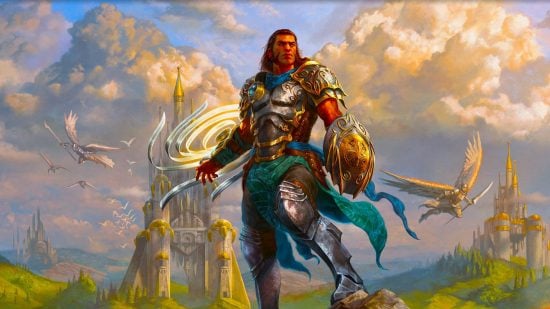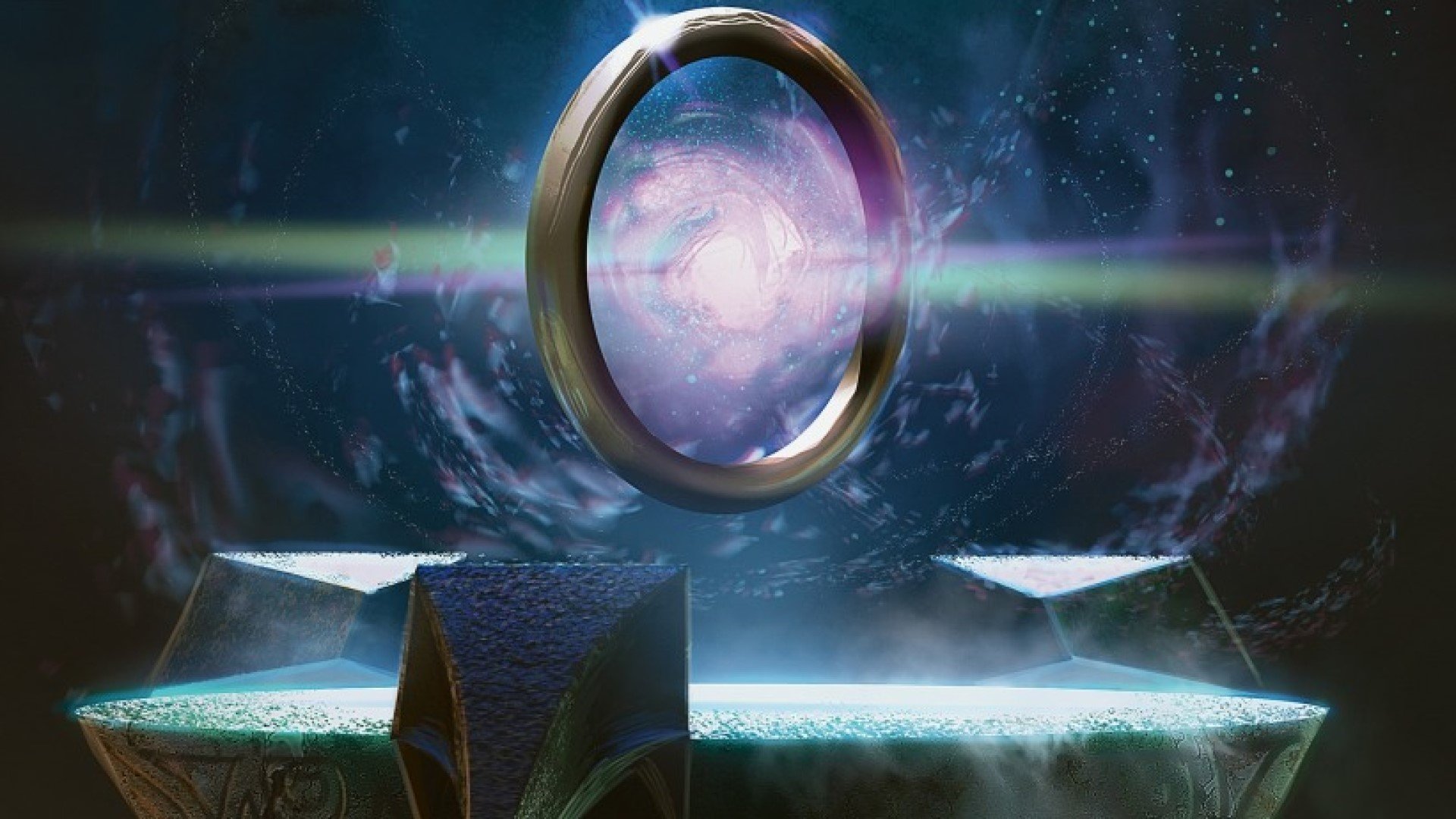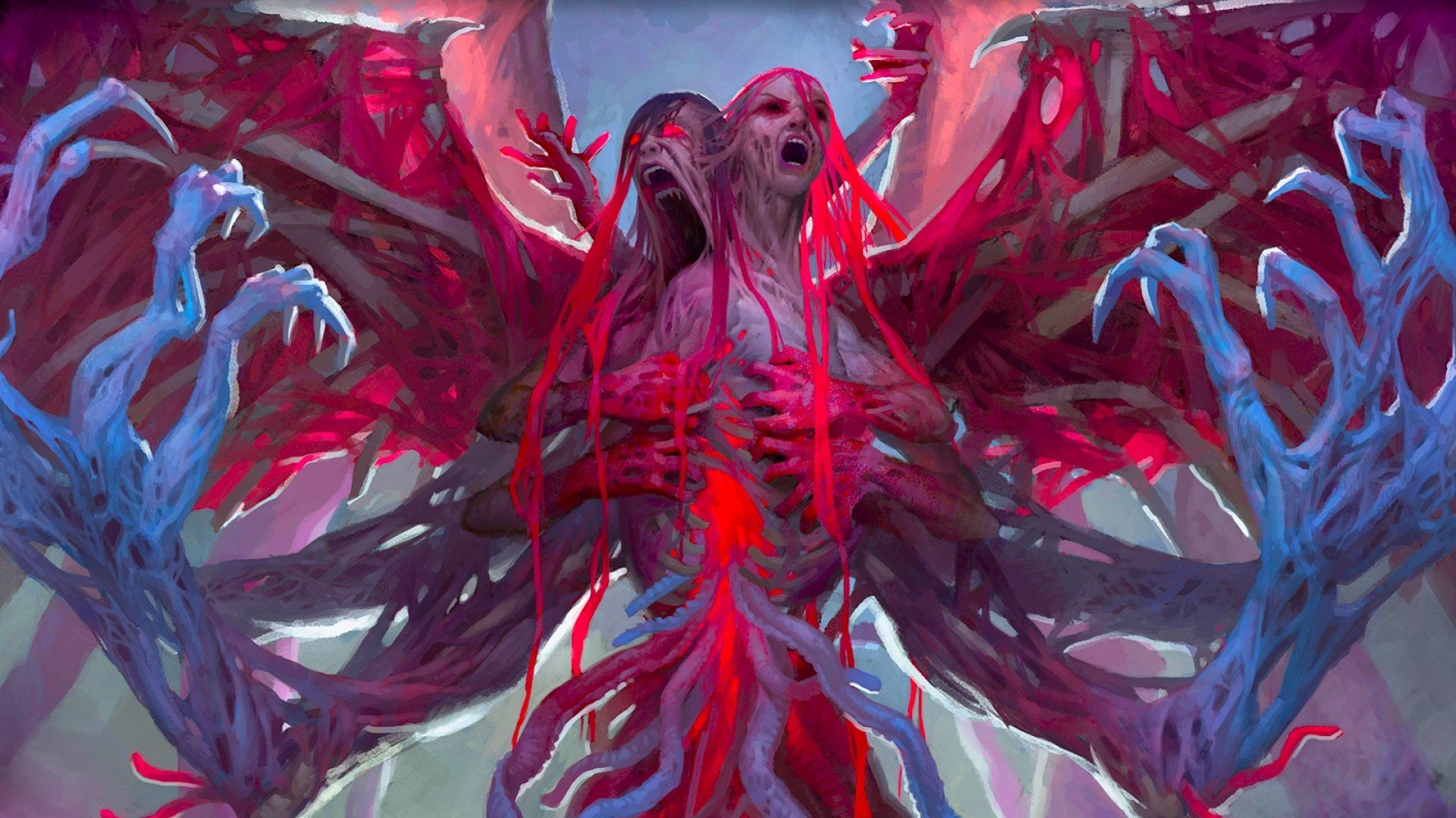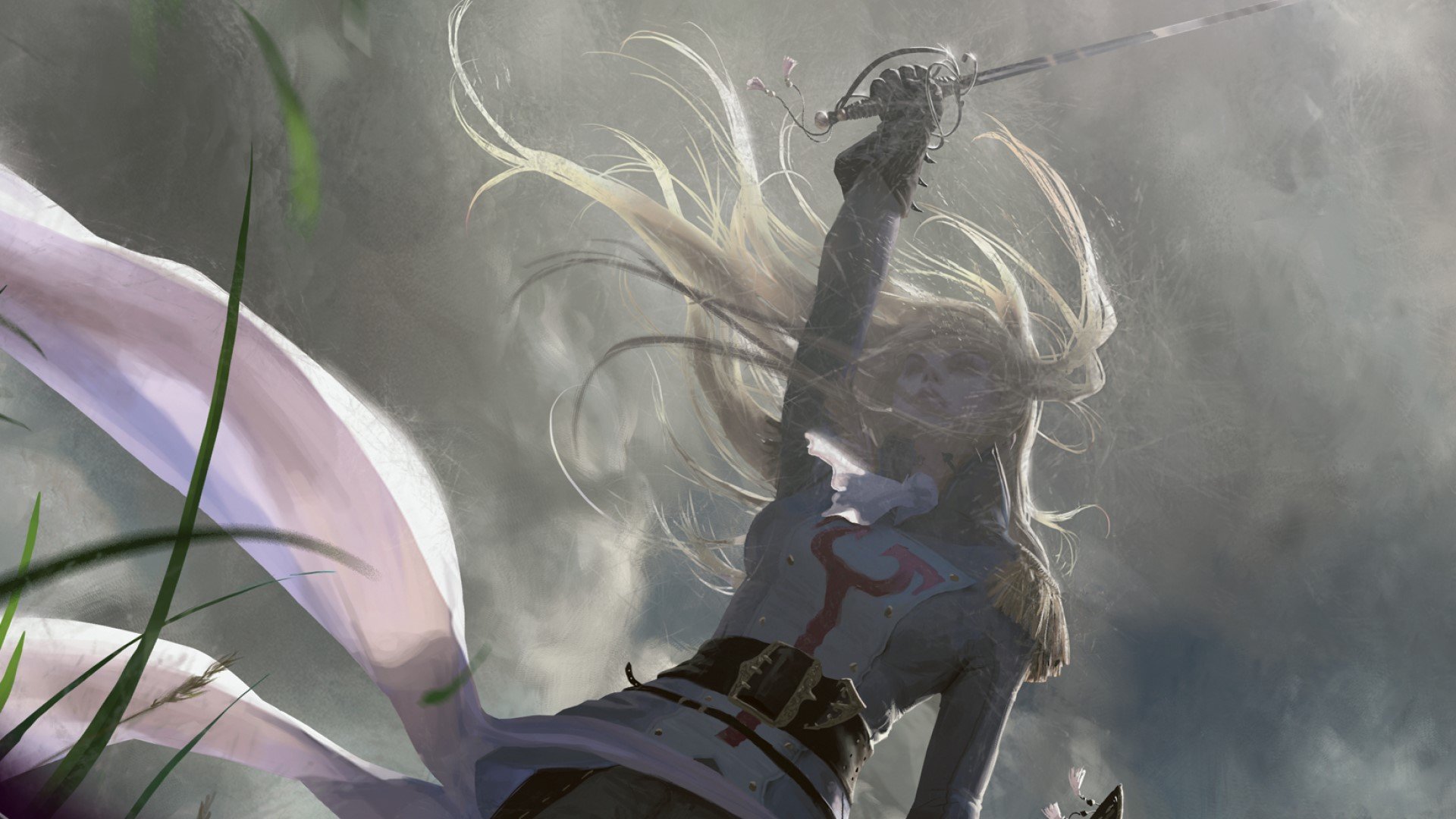There’s more than one way to play a game of Magic: The Gathering. While the most common way of enjoying MTG has always been battling it out with whatever cards you happen to have on you, known as ‘kitchen table’ Magic, dozens of organised formats have sprung up over the game’s 30 year lifespan. Each MTG format is different, and many come with special rules or card pools, which can make things pretty complex and confusing.
Here we’ll cover the most popular MTG formats, so you can understand what’s out there and find an MTG format that suits your TCG tastes. Whether you’re looking for a Constructed or Limited format, to play in paper or on MTG Arena, we’ll have you building a Commander deck or honing your MTG draft skills in no time.
Constructed MTG formats
Magic: The Gathering Constructed formats are those where you ‘construct’ your deck before turning up to a game. Unlike in Limited formats, where your card pool is ‘limited’, you can build these decks using any cards from your collection, so long as they are legal in your chosen format. Different Constructed MTG formats allow you to play with different cards, usually based on when those cards were released.
In Constructed formats, decks have a minimum of 60 cards, usually with up to 15 cards in a sideboard (to be swapped in during best-of-three matches). You can typically use only four copies of each card, but can include as many basic MTG Land cards as you like.
Standard
The white bread of MTG formats, and often considered the default way to play, Standard is the Constructed format with the smallest card pool, only using cards from the most recent four to eight MTG sets. Every autumn, when the new September set releases, the oldest four sets currently in Standard are removed. This is called Standard rotation.
This helps to keep Standard fresh, ensuring new strategies are always introduced. It can make this MTG format an expensive one to keep up with, however. If you want to find out more, check out the best MTG Arena decks for Standard right now.
Commander
Originally invented by fans, Magic: The Gathering’s Commander (or EDH) format has seen an explosion in popularity – and a lot more support from Wizards of the Coast – in recent years. It’s a casual MTG format, where players build 99-card decks around a single legendary creature, their deck’s commander. Every card in your Commander deck (except basic lands) must be different, ensuring no two games ever play out quite the same way. Rather than 1v1, Commander is typically played in groups, with four players all trying to come out on top and whittle their opponents down from 40 life to zero.
In Commander, every card in Magic is permitted, provided it’s not on the MTG Commander banlist. This means you can tune the power level to be as high or low as you like. If you’re looking for a place to start with EDH, check out our selection of the best MTG commanders.
Modern
MTG Modern is a popular non-rotating format. That means cards that are good in it now are good forever – as long as they don’t end up on the Modern banlist. In Modern you can use cards from sets printed in the present day all the way back to Mirrodin, which was released in October 2003. That means the Modern format has a pretty high power level, with decks often popping off in just a couple of turns. A lot of the best Modern decks are more expensive than competitive Standard decks, the obvious advantage being that they are also far more permanent.
Pioneer
Somewhere in-between Modern and Standard in terms of power level is Pioneer, the newest non-rotating MTG format. Pioneer lets you use any sets released from Return of Ravnica (2012) onwards. It was created as an in-between point, to give players who don’t want to catch up with older non-rotating formats a way to play with their rotated Standard cards. MTG Arena has its own, more limited version of the Pioneer called Explorer, which periodically gets new batches of cards added to it.
Pauper
When the strongest cards are also often the rarest, it’s a recipe for very expensive MTG cards indeed. Pauper is an MTG format that deals with that problem by only allowing cards printed at Common rarity – though the power level is still pretty high, because all sets in Magic’s history are included.
Pauper players evaluate new cards very differently from the rest of us. They’ll look at what seems to be a chaff common and lose their minds, for reasons most Magic players won’t be able to understand. If you see treasures where others see trash, try MTG Pauper!
Limited MTG formats
In the two popular Limited formats, you’re given a fairly small selection of cards to play with – typically from packs that you just opened – and are then tasked with moulding this into a 40-card (minimum) deck. You’ll need to know exactly how to build an MTG deck, as deck construction is as big a part of Limited gameplay as the actual matches. It happens then and there at the table, rather than in your own time.
Sealed
MTG Sealed is the simpler Limited format. You just crack open six packs of your chosen set, grab as many basic lands as you need, and then craft a deck out of what fate has delivered you. As a result, luck plays a bigger role in Sealed than in most MTG formats, though skilful Sealed players enjoy the challenge of crafting the best deck with whatever they’ve opened.
Draft
There are two minigames in the MTG Draft format, the matches and the draft itself. In drafts, all players open up a pack, select one card, and then pass the remains along to the left, receiving a new set of cards from their right. After three packs have been opened and emptied by each player, you then construct decks using whatever cards you’ve managed to snatch up. As a result, knowing the available strategies and best cards in your chosen set are the key to this Limited format. It’s also key to try and figure out the MTG colors and MTG color combinations other people at the table are gunning for.
Digital MTG formats
While you can play many of the existing Constructed formats and both Limited MTG formats on Magic’s online platform MTG Arena, there are a few MTG formats that are unique to, or else mostly played on, the digital platform.
Historic
Historic is MTG Arena’s non-rotating, sort of catch-all format, containing pretty much every card ever released on the platform. It includes all cards from the Ixalan (2017) set forwards, a bunch of older cards that Wizards has added since then to spice things up further (including everything brought in for Explorer), and all the digital-only Alchemy cards.
Alchemy
MTG Alchemy is Arena’s digital-only rotating format, lower powered and easier to get into than Historic. Alchemy contains all the digital-only cards designed for Arena, as well as the regular cards printed in paper. But unlike in Historic, these cards rotate out over time. Most Alchemy cards right now are connected to a Standard set and rotate out alongside it – though this is set to change when MTG Lord of the Rings comes out in 2023.
Explorer
MTG Explorer is Wizards of the Coasts’ answer to the players clamouring for a non-rotating Arena format that only uses cards derived from paper Magic. Created in April 2022, it’s intended to end up as functionally identical to Pioneer, with all the relevant cards from that format. There’s a long way to go before it reaches that point though, as Wizards slowly adds new cards to the format. Check out the best MTG Explorer decks here.
Brawl
Brawl is a bit like Commander-lite, as it follows similar deck building rules – with a commander leading a deck containing no repeat copies of cards. However, it differs in a few ways, with lower life totals (25, or 30 for multiplayer matches); smaller, 60-card decks; and often, fewer people.
It’s perhaps a bit mean to call Brawl a digital MTG format. However, in paper Magic, Brawl plays second fiddle to Commander, and there are few dedicated players of the format. On Arena meanwhile, there’s a healthy pool of Brawl players – though here you’re restricted to 1v1 games.






